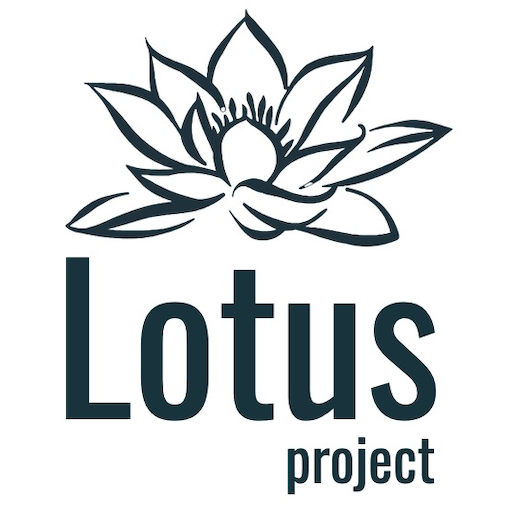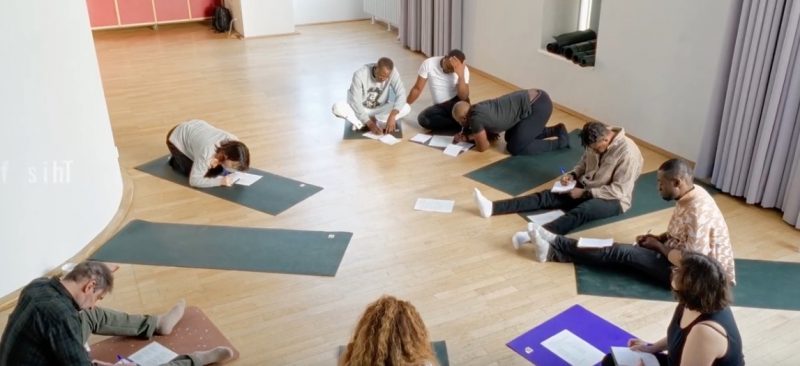The method developed during the project invites exploration of the transformative power of yoga and poetry.
— The manual is divided into 3 chapters.
Chapter 1, Asana, is a practical manual of yoga postures suitable for all levels.
Illustrated and detailed, it guides the practitioner step-by-step toward body and breath awareness, preparing each individual for a poetic and collective experience. The progression starts with joint warm-ups (pawanmuktasana), which loosen and awaken the body while cultivating presence. Next are standing poses—mountain, warriors, triangle, tree, or chair—which develop grounding, strength, endurance, and balance. Knee postures (balasana, cat-cow, camel, lion) soothe, relax the back, and stimulate energy, while seated poses (staff, butterfly, head-to-knee, forward bends) open the way to introspection and flexibility. Reclined postures (legs up the wall, bridge, twists, knees together) promote recovery, body trust, and emotional balance. Finally, prone poses (sphinx, cobra) strengthen and open the breath. The whole sequence emphasizes self-listening, conscious adaptation, and respect for personal rhythm, to create conditions for inner availability conducive to creativity and poetic sharing.
Chapter 2 covers the pedagogical dimension of a sequence combining yoga and poetry,
based on three pillars: breathing, body games, and mindfulness. The pranayama section presents various techniques suitable for everyone: diaphragmatic breathing for relaxation, Bhramari or “bee breath” producing a soothing vibration, Ujjayi or oceanic breath to regulate energy, and Nadi Shodhana, alternate nostril breathing balancing the nervous system and emotions. All promote relaxation, concentration, and overall well-being. The second part offers yoga games stimulating cohesion and creativity: name game with a ball, vocal expression, posture choreography, synchronisation in pairs, living sculpture, musical mats or “Maestro” following a guide, alternating laughter and silence, and creating a collective human mandala. Lastly, the third part introduces guided meditations: “magic village,” welcoming a positive quality; “contract and release” to relax bodily tension; and “magic mat,” which through visualizing a dream place encourages introspection, gratitude, and inner peace. This chapter links physical practice, breathing, and imagination to nurture creativity and poetic expression.
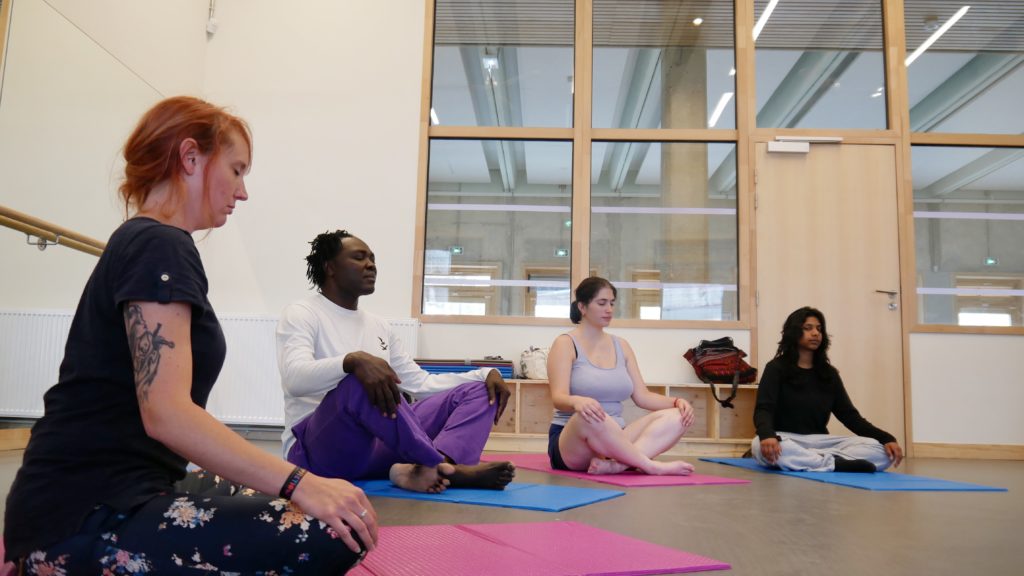
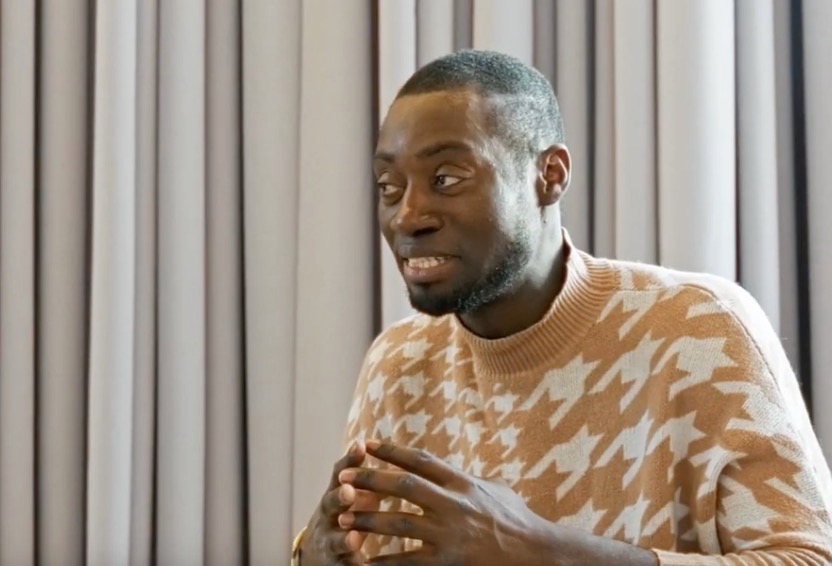
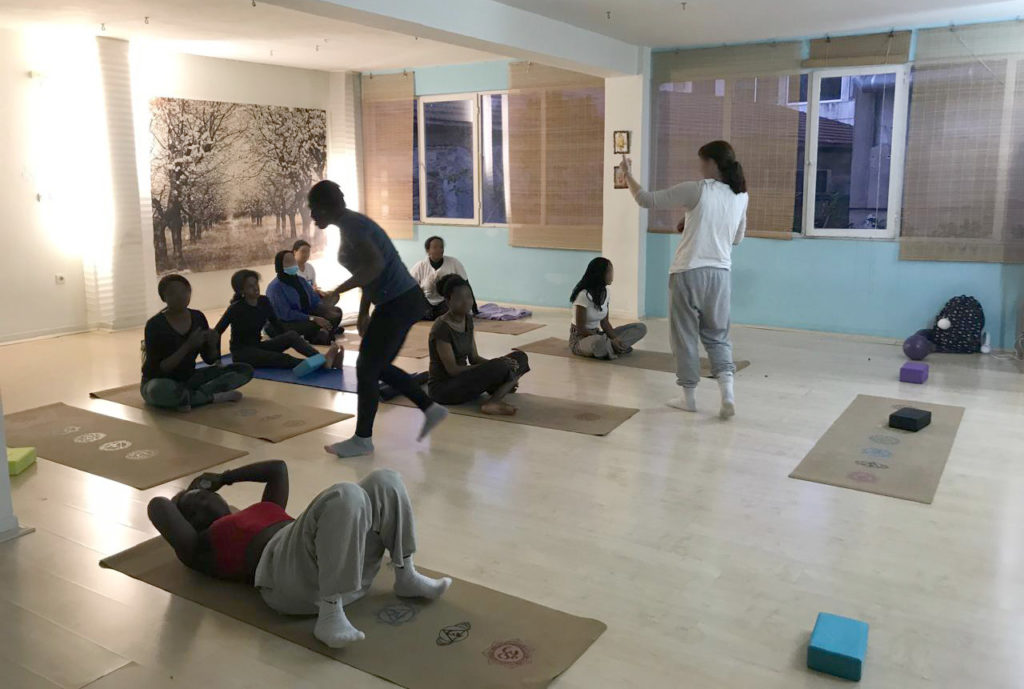
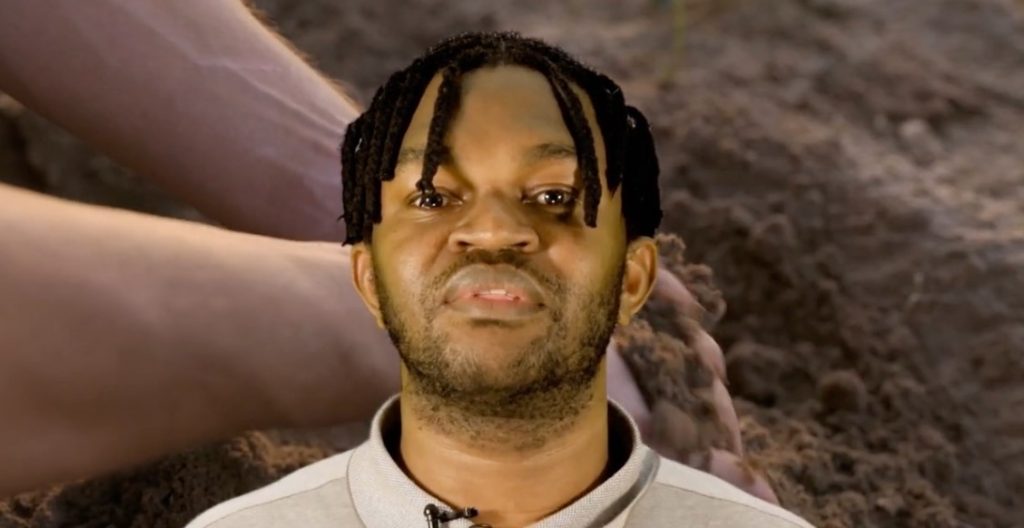
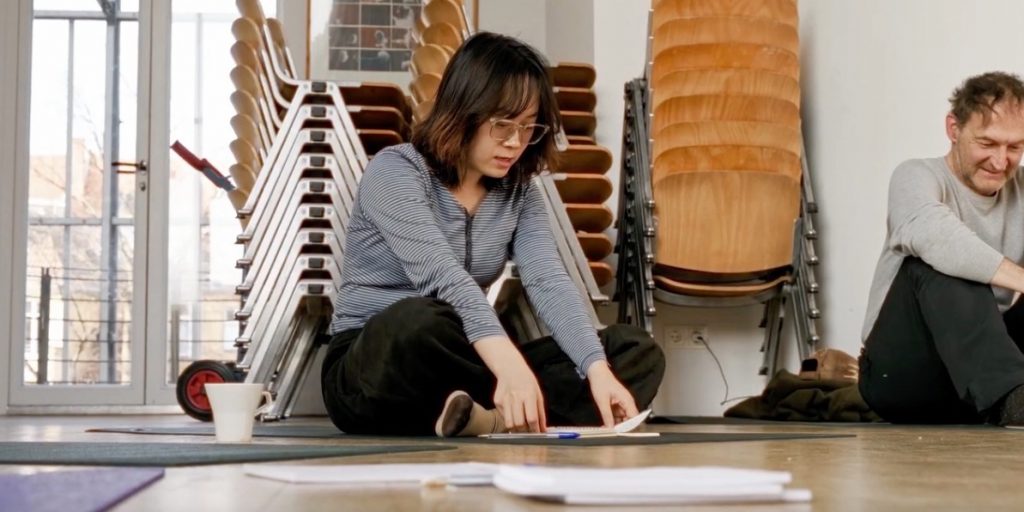

Chapter 3 includes an introduction to the Lotus project and its innovative method combining yoga and poetry
to strengthen mental health and social inclusion for young refugees and migrants. It mentions workshops in Paris, Athens, and Berlin, aiming to develop emotional resilience, self-expression, and appropriate tools for facilitators.
The methodology is then presented: the cycle proposes five sessions combining yoga, breathing, poetry, and writing to support a journey of resilience and creation.
- Session 1 – Strength in adversity: participants become aware of their capacity to transform challenges into resources. After an introductory game, gentle yoga and breathing, inspiring poems serve as a springboard for personal writing and compassionate sharing.
- Session 2 – Power of the voice: focused on confidence and authentic expression, it combines body practices and readings of activist poems. Guided writing based on selected verses encourages exchange and mutual recognition.
- Session 3 – The inner phoenix: dedicated to transformation, exploring symbolism of fire, metamorphosis, and natural cycles. Yoga and breathing open the way to metaphorical writing and collective sharing, supporting a healing process.
- Session 4 – Dreams and hopes: oriented toward the future, inviting projection of a desired future through poetry, meditation, and visualization exercises. Writing imagines a new narrative, fueled by aspiration for change and freedom.
- Session 5 – Roots and wings: this closing session celebrates individual identity and connection to others. Poetic readings on grounding, gentle yoga, and collective writing link origins and belonging to weave a network of hope, solidarity, and shared creation.
- A complementary bonus section describes a unique 2-hour workshop to initiate the Lotus Project approach by practicing chair yoga.
- The appendix presents the project’s bibliographic references.
The videos supplementing the manual publication are presented in the next article.
